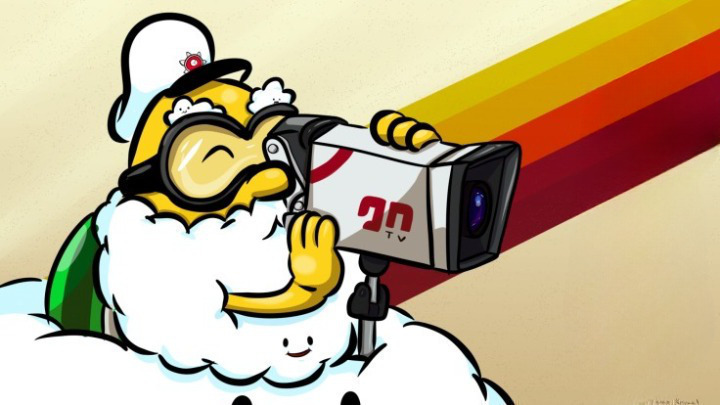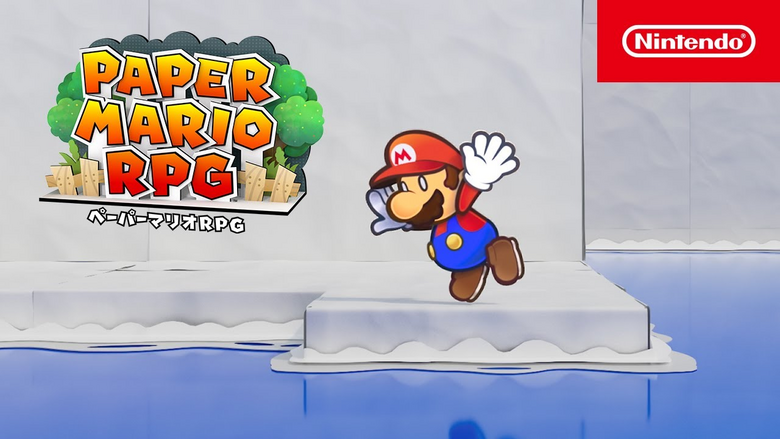Theatrhythm Final Bar Line Review – Review

Ever since its debut on the NES in 1987 the Final Fantasy series has boasted some of the best soundtracks that video games have to offer, across fifteen (soon sixteen) main series games and countless spinoffs. For this reason this series lends itself extremely well to the idea of a rhythm game celebrating this music, and that’s exactly what the Theatrhythm series and its latest entry Final Bar Line are here to offer. Mixing a typical rhythm game experience with some light RPG mechanics might seem a bit weird to those experiencing it for the first time, and those who might have last experienced Theatrhythm on the 3DS might be wondering how well the game translates to a platform lacking a touch screen. How does it shake out in terms of both these questions?
As stated before Theatrhythm is a rhythm game featuring a collection of music from throughout the Final Fantasy series, from the original NES game to Final Fantasy XV and including multiple spinoff titles such as Mystic Quest and Type-0. The general premise of gameplay is simple: circular trigger icons will appear from the left (or in some cases the top) and you must perform the correct input when they reach an empty circle on the right. These triggers are timed to the music and come in a few varieties, regular red triggers require you to press either one of the triggers or face buttons, yellow triggers feature an arrow and require you to flick one of the analog sticks in the direction it indicates, and green triggers require you to hold the triggers/face buttons and release with the right timing. There are three types of stage, BMS puts your party up against a train of enemies, FMS has your party walking along a path and features its own unique version of the green trigger that requires you to point the analog stick up and down to follow a path of your own, and EMS plays roughly the same as BMS but instead of a battle features a video in the background. All of these modes are responsive, easy to learn, and fun to play, including the slide notes on FMS stages which I was particularly worried about in terms of their transition from touch screen controls.
The game also features some light RPG mechanics as you can build a party of four out of a massive pool of characters from throughout the franchise. These characters come in a variety of types specializing in physical attacks, magic attacks, summons, support skills, and more. Completing songs will give the characters in your party XP, which in turn will level them up and gain them various skills they can use. Other than assigning their abilities and picking a summon stone, the player has very little input on how the fight happens outside of how well they do in the fight. Every note is an attack on the enemy, with the better you hit the note the stronger the attack. If you’d rather ignore this element and just play the music, don’t worry it’s easily ignorable. Where it really comes into play is in the Series Quest mode, which is also the main method of unlocking music. Each series in the game has its own quest line that you can go through, with each song unlocking for free play once you finish it for the first time. In this mode every song has a quest to complete for a reward, and these range from merely bringing a specific party member to completing the song with a certain percentage of ratings, and do require you to dive a bit deeper into the party building system if you want to complete them all.
There is honestly an absurd amount of music in Final Bar Line, with the track count reaching almost 400 songs. This makes an incredible selection but comes with one downside: because tracks are only unlocked through completing them in Series Quest, unlocking the entire library is a very lengthy process. At time of writing I have put around 20 hours into the game and I still have not managed to get them all. Another issue with the game is the controller you may be playing on, as I personally found the joy cons to be uncomfortable to use for long periods of time due to the placement of the right analog stick. The pro controller mostly fixes this issue, but you may want to be prepared for some hand pain if playing in handheld mode. A small, personal gripe that I have is that many of the series’ longer tracks like One-Winged Angel or the vocal tracks like Suteki Da Ne are only small clips of the song, usually lasting around two and a half minutes on average. The lack of an option to play the full version of these tracks if you desire is a bit disappointing, even if not unexpected.
Overall Theatrhythm Final Bar Line is already a front runner for my personal game of the year, and it’s only February. The massive track list, fun gameplay, and cute aesthetic help keep me absorbed and have proven to be a dangerous catalyst to me saying “one more song” over and over late into the night. Difficulty options are also well balanced, Beginner charts are easy enough to get a feeling for the game, Expert charts are fun while not being too incredibly difficult, Ultimate tracks are a huge challenge for the most advanced players, and those looking for an extreme challenge will find some tracks add a fourth difficulty called Supreme. All of these levels feel exactly as you’d hope, meaning any skill level can have a good time. The music of Final Fantasy is legendary for a reason, and Theatrhythm is the perfect representation of that. If you’re looking for a great rhythm game to eat up your time and occupy your mind, Final Bar Line is a fantastic choice.




